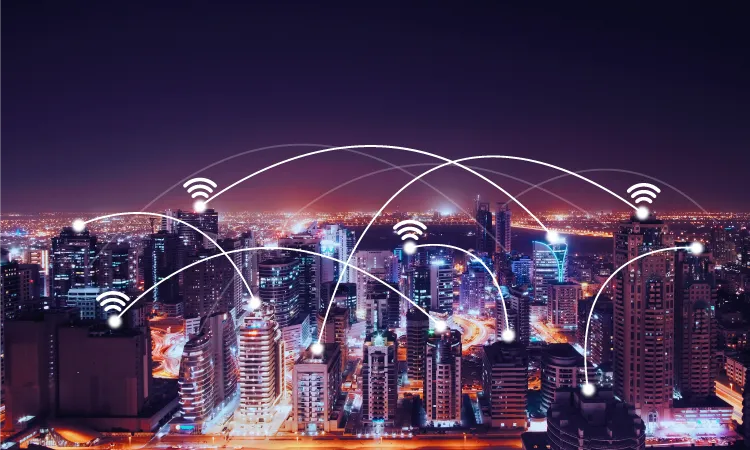Illuminating the Future
Smart Street Lighting Systems Powered by IoT
The concept of a connected world has swiftly moved from a futuristic vision to an everyday reality, and nowhere is this evolution more evident than in the burgeoning field of Internet of Things (IoT). As city planners and technocrats explore ways to create more efficient, safe, and sustainable urban environments, smart street lighting systems have emerged as a beacon of innovation. Let's dive into this radiant transformation and understand how IoT is casting new light on our streets.

